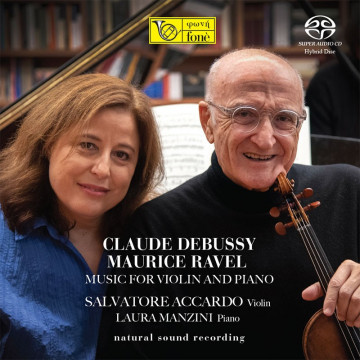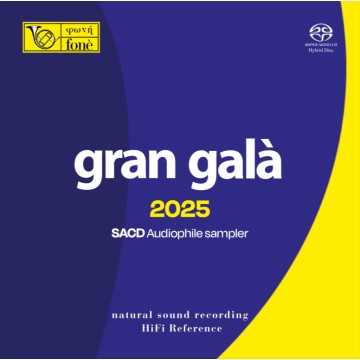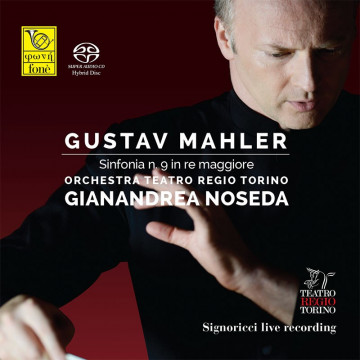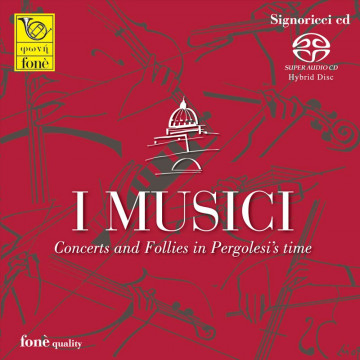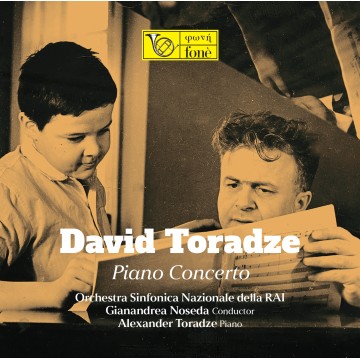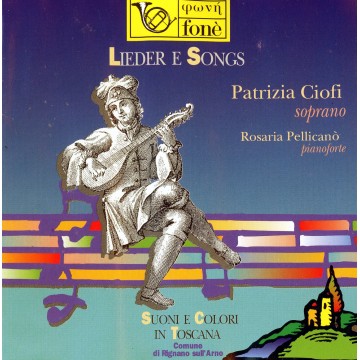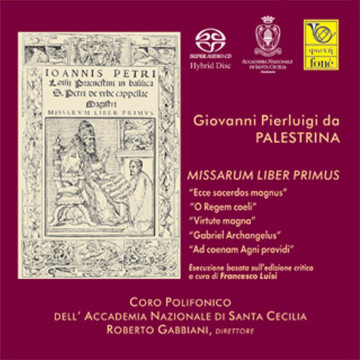TRACKLIST
Quintetto a fiati in sol minore, allegro
M. Conti, P. Pollastri, G. Riccucci, P. Carlini, P. Faggi
Quintetto a fiati in sol minore, andante con variazioni
M. Conti, P. Pollastri, G. Riccucci, P. Carlini, P. Faggi
Quintetto a fiati, allegro moderato
M. Conti, P. Pollastri, G. Riccucci, P. Carlini, P. Faggi
Quintetto a fiati, romanza
M. Conti, P. Pollastri, G. Riccucci, P. Carlini, P. Faggi
Quintetto a fiati, finale
M. Conti, P. Pollastri, G. Riccucci, P. Carlini, P. Faggi
Petite offrande musicale
M. Conti, P. Pollastri, G. Riccucci, P. Carlini, P. Faggi
Dialogo IV per cinque strumenti a perdifiato
M. Conti, P. Pollastri, G. Riccucci, P. Carlini, P. Faggi
Musica da camera per quintetti di fiati, allegro
M. Conti, P. Pollastri, G. Riccucci, P. Carlini, P. Faggi
Musica da camera per quintetti di fiati, adagio
M. Conti, P. Pollastri, G. Riccucci, P. Carlini, P. Faggi
Musica da camera per quintetti di fiati, allegro molto
M. Conti, P. Pollastri, G. Riccucci, P. Carlini, P. Faggi
Musica da camera per quintetti di fiati, moderato
M. Conti, P. Pollastri, G. Riccucci, P. Carlini, P. Faggi
QUINTETTO A FIATO DEL ‘900
The encounter of already affirmed musicians at important italian institutes (Veneto Soloists, ORT Orchestra of Tuscany, Chamber Orchestra of Padua and Veneto) and having a common interest for chamber repertory, brought about the creation of the "Wind Ouintette of the Nineteen Hundreds". Benefitting from the collaboration of Maestro G. Garbarino, the "Wind Quintette of the Nineteen Hundreds" made their debut in 1987 f o r the Fiesolana Musical Summer Season, rapidly attracting the attention of the public and the critics. Enzo Restagno presenting their concert at the Chigiana Accademy of Music, emphasized the importance of the work executed by the group for the divulgation of repertory of the Nineteen Hundreds a n d the collaboration of composers for the purpose of increasing interest and the repertory of this formation.
I QUINTETTI
The two quintets from the begining of the 1900s (Respighi and Ghedini) and the three quintets composed around the fifties are indicative of two important moments in the rebirth of Italian instrumental music: the search for new paths more suited to a changing sensitivity and the phase of mature trough restless realisation steming from diverging intellectual ideas. The italian musician active at the begining of the century having made the break with the ever triumphant Opera, felt the need to turn away from the already exploited tonal system and even from the late European Symphonic Romanticism (which they nevertheless tried to study in depth and in some way recuperate); often they resorted to the pre romantic italian traditions both in order to rediscover ancient trends and to gain experience from the mastery of the great. Ottorino Respighi wrote this wind quintet before he was yet twenty (it was published later) while he was a composition student at Bologna under the guidance of L. Torchi and G. Martucci.
His first musical work, rather than being a search for new means seems rather to be a reflection on the rigorous teachings of his Maestri, trough vivified with imaginative fantasy. Giorgio Federico Ghedini composed his quintet more or less at the same age. as Respighi, just before studying in Bologna where he later gained his diploma in Composition with M. E. Bossi. The youthful period of Ghedini is characterized by the exploration of traditions from which he gained stimulus for the present; in this quintet one can see the beginnings of a severe personality forming trough still restricted within a rather conventional formed structure.
Nino Rota, pupil of A. Casella to whom he dedicated this short quintet, was a musician with a very singular personality. His music is often "gioviale" (if we may permit own selves to borrow the adjective used by Rota himself for his Variations for orchestra): Rota uses borrowed melodies over rhythms and harmonies which he rarely contorts, creating in this way an atmosphere which is only apparently naive and never sentimental. In the middle "Allegro" of this "Petite Offrande Musicale" one can hear echoes of the typical styles of Casella.
Gian Francesco Malipiero was a contempory of Respighi (he too infact is counted among the so called "generation of the 80's") and he moved with determination towards a renewal of music trough the profound study of Italian Baroque and Renaissance music, much of which he also arranged. The "Dialogo IV per 5 strumenti a perdifiato" is part of a series of eight dialogues written in his maturity and considered among his masterpieces. It deals with pieces using various ensembles; while some of these derive from a literary stimulus, the Dialogo VI derives from the different aspects of the instrumentation, and the gay effect of the ensemble conceals great technical shill. Ricardo Malipiero, nephew of the above mentioned, chose to work with the twelve-tone system, of which he became one of the major italian exponents. The twelve-tone technique, together with a successful melodic invention became solidified in various pages of chamber music, often designated with antique names, as in this wind quinter withits vaguely sobrious title.
Traduzione a cura di Marianne Ellema

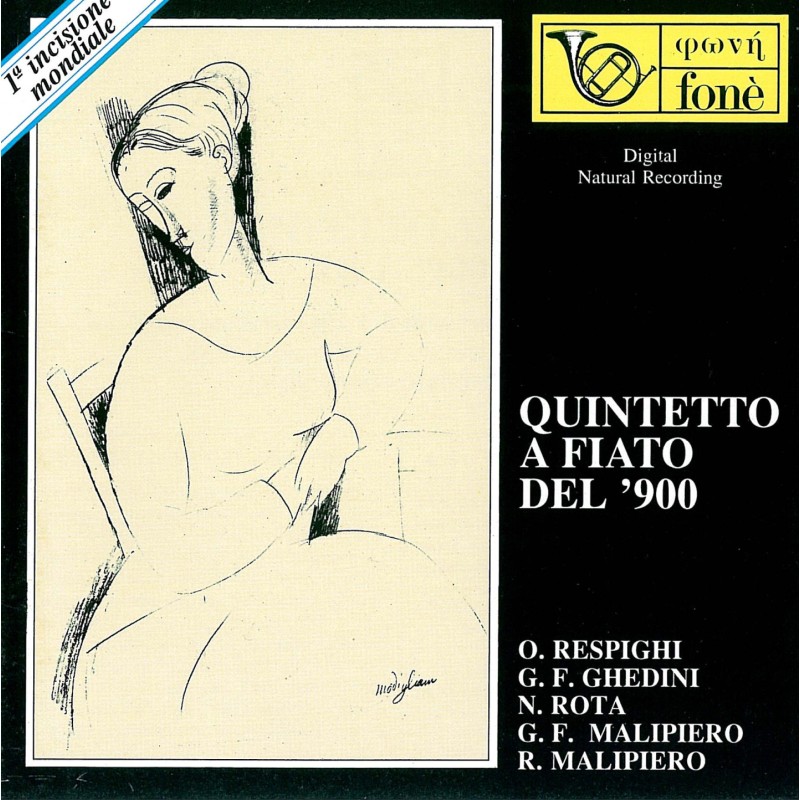

 Native Dsd
Native Dsd
 Qobuz
Qobuz
 High Res Audio
High Res Audio
 iTunes
iTunes
 Amazon
Amazon
 7 Digital
7 Digital
 Tidal
Tidal
 Deezer
Deezer
 Spotify
Spotify
